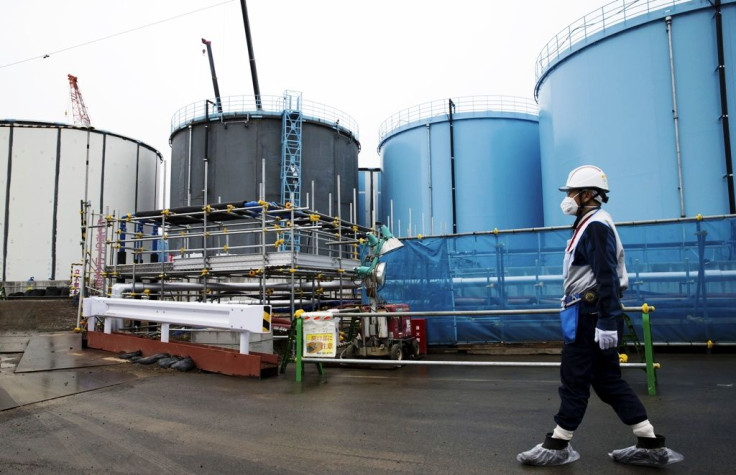Fukushima Latest News: Amid ‘Unacceptable Radiation Risk,’ Japan Tells Residents To Move Back Home To Nuclear Disaster Site

Japan has urged residents of Fukushima to return to the nuclear disaster site despite “unacceptable radiation risk,” according to the Japanese arm of the non-governmental environmental organization Greenpeace. The Japanese government will lift the evacuation order for the 6,000 residents of Iitate village on March 31 — six years after a tsunami triggered the meltdown of three nuclear reactors at the Fukushima Daiichi nuclear plant.
According to Greenpeace, the radiation levels in nearby forests are similar to those in the nearly 19 mile exclusion zone around Chernobyl — the site of the worst nuclear accident in the history of humankind. The radiation levels in Iitate are still above government targets and are likely to pose long-term health risk to those who decide to live in the area.
“The relatively high radiation values, both inside and outside houses, show an unacceptable radiation risk for citizens if they were to return to Iitate. For citizens returning to their irradiated homes they are at risk of receiving radiation equivalent to one chest X-ray every week. This is not normal or acceptable,” Greenpeace Japan’s energy campaigner Ai Kashiwagi said in a statement Tuesday.
Greenpeace Japan calculated the average annual radiation exposure rate by taking measurements of houses around the area, collecting soil samples and recovering personal dose badges that were installed in two houses last February. The team found average radiation exposure in Iitate to be between 39 millisieverts (mSv) and 183mSv over the course of 70 years, starting March 2017. The numbers exceed yearly guidelines set by the International Commission on Radiological Protection, which says a maximum recommended annual radiation exposure for public is 1mSv. Despite the high levels, the Japanese government declared that the decontamination program had been completed, and that it would stop monetary compensation to Iitate residents next year.
“The government is not basing its policies on science or in the interest of protecting public health. It has failed to provide estimates of lifetime exposure rates for Iitate’s citizens, nor considered how re-contamination from forests will pose a threat for decades to come,” Jan Vande Putte, Greenpeace Belgium’s radiation specialist, said in the statement.
“The Abe government is attempting to create a false reality that six years after the start of the Fukushima Daiichi accident life is returning to normal. In the real world of today, and for decades to come, there is and will be nothing normal about the emergency radiological situation in Iitate,” he added.
Greenpeace has urged the government to continue its financial aid to Fukushima evacuees so that they are not forced to return.
In March 2011, an earthquake-triggered tsunami stopped the power supply and cooling mechanisms at the Fukushima Daiichi nuclear plant, causing a meltdown of three nuclear reactors and the release of radioactive materials.
Earlier this month, the plant’s operator, Tokyo Electric Power Company, said levels inside the Fukushima Daiichi plant had reached such high levels that even cleaning robots were melting down.
© Copyright IBTimes 2024. All rights reserved.






















